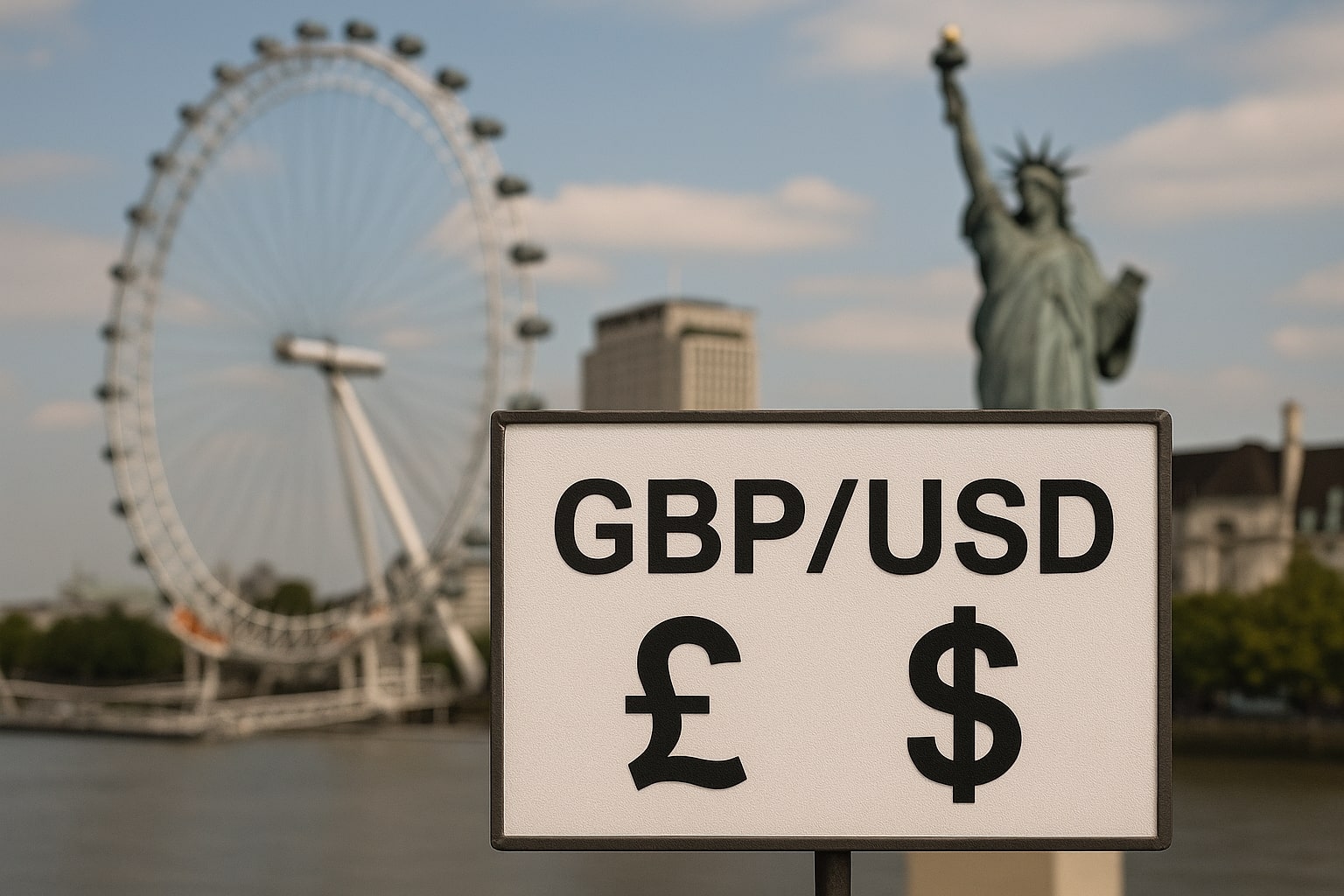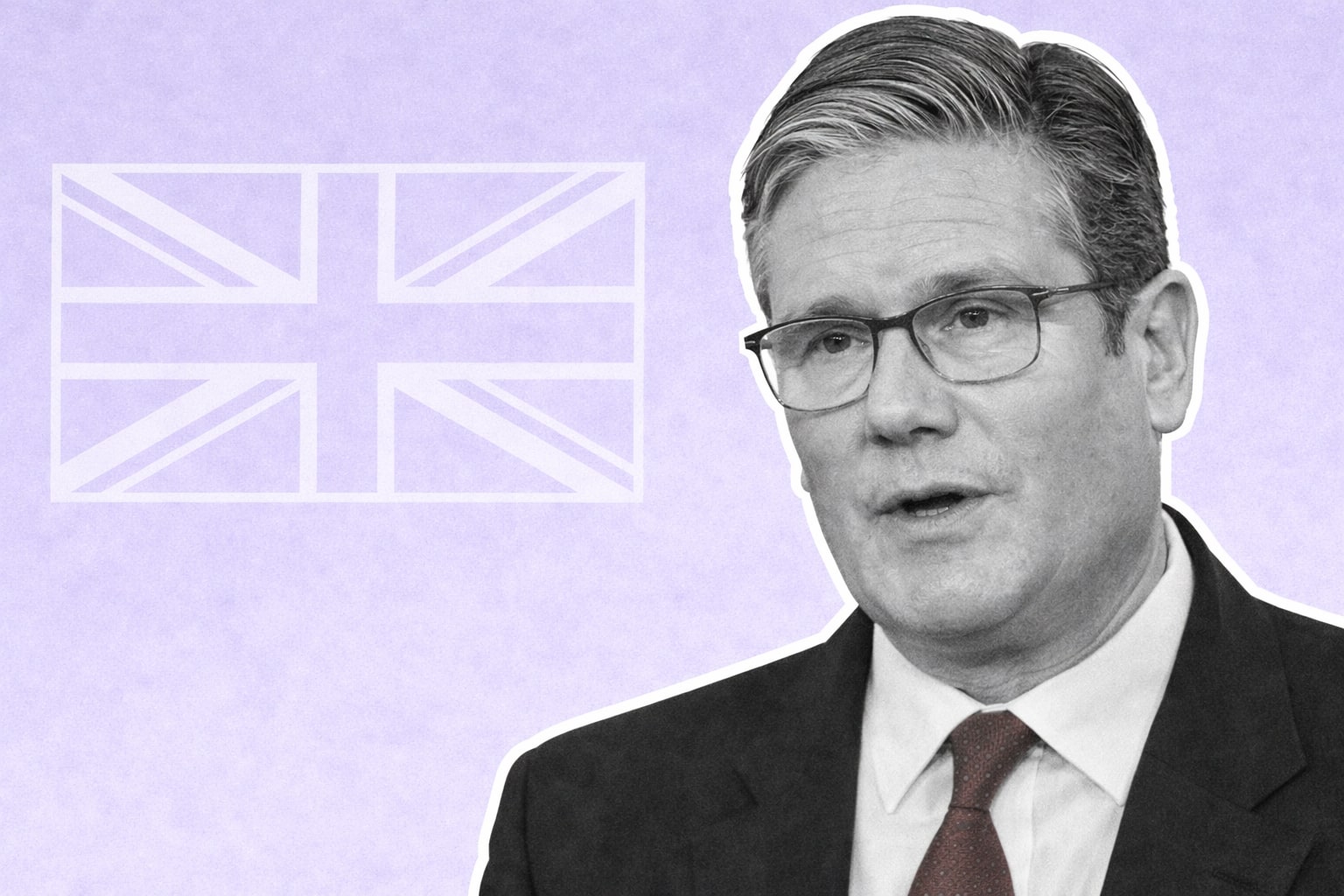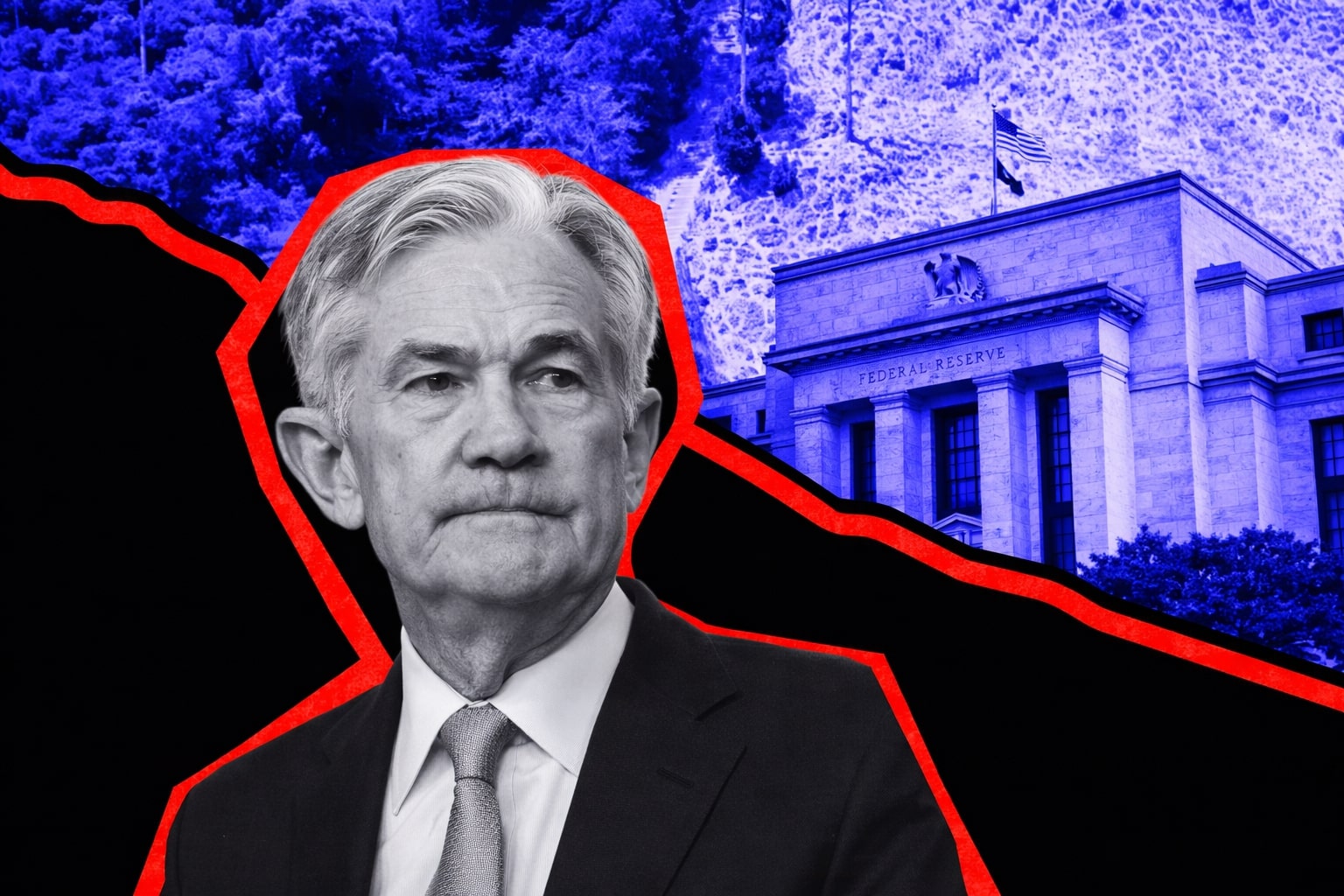
GBP/USD Analysis: Is the Pound Set for a Breakout or Heading Toward 1.3200?
Can GBP/USD sustain its position at 1.3310, or will it test critical support levels near 1.3200? | That's TradingNEWS
GBP/USD Price Action and U.S. Economic Data
The GBP/USD exchange rate has faced a volatile week, marked by significant fluctuations driven by the latest U.S. economic data. As the U.S. Dollar (USD) continued to rise on the back of weaker consumer sentiment and inflation expectations, GBP/USD has encountered resistance at key levels. This is despite a series of soft economic figures from the U.S., which have shifted market expectations toward a potential slowdown in the economy and rate cuts by the Federal Reserve (Fed). GBP/USD closed Friday around 1.3310, following a slight uptick during the Asian session, as traders digested mixed signals from both sides of the Atlantic.
GBP/USD Faces Headwinds Amid Weaker U.S. Sentiment
The U.S. economic data released earlier this week revealed a concerning decline in the University of Michigan's Consumer Sentiment Index, which fell to 50.8, its lowest level since July 2022. This drop was worse than the expected 53.8, signaling growing pessimism among U.S. consumers. Furthermore, inflation expectations for the next year climbed to 7.3%, fueling concerns that the disinflationary process may be stalling. This has put the Federal Reserve in a delicate position, as traders are now pricing in a potential 25 basis points (bps) rate cut by September, with two additional cuts expected towards the end of the year.
In response to this data, the U.S. Dollar Index (DXY) strengthened, benefiting from higher inflation expectations and weaker consumer sentiment. The immediate resistance for the DXY is seen in the 101.40-101.60 range, with a break above this level potentially leading to further gains toward the 103.30-103.50 levels.
GBP/USD Sees Limited Moves as Sterling Holds Ground
The British Pound, on the other hand, showed resilience despite the overall strength of the U.S. Dollar. A key factor supporting GBP was stronger-than-expected economic growth data from the United Kingdom. The UK's Gross Domestic Product (GDP) grew by 0.7% QoQ in Q1 2025, exceeding the forecasted 0.6%. This robust performance helped alleviate some pressure on the Bank of England (BoE), which had been facing growing calls for rate cuts. The stronger GDP print reduced expectations for aggressive monetary easing, thus providing some support for the Pound.
However, GBP/USD still struggled to make significant progress as traders remained cautious ahead of upcoming data releases. The pair dropped below the 1.33 mark, testing the support levels near 1.3250. A failure to hold these levels could see the pair head towards the next support at 1.3200, followed by the 50-day Simple Moving Average (SMA) at 1.3112.
U.S. Inflation Data: A Double-Edged Sword for USD
Meanwhile, the U.S. Producer Price Index (PPI) for April came in lower than expected, falling 0.5% MoM, marking a significant slowdown in producer inflation. This was accompanied by weaker-than-anticipated retail sales growth, which rose just 0.1% in April, reinforcing the notion of a cooling economy. The combination of these factors has led to speculation that the Federal Reserve could adopt a more dovish stance in the coming months, with some analysts suggesting that inflationary pressures may ease more slowly than expected.
GBP/USD: What’s Next for the Pair?
Technically, GBP/USD remains in an upward bias but faces short-term pressure. A key support level lies around 1.3200, with a more substantial floor near 1.3112, where the 50-day SMA resides. On the upside, if GBP/USD manages to break above 1.3359, it could attempt a push towards the year-to-date (YTD) peak of 1.3443. However, any sustained weakness could lead to a pullback towards the 1.3000 mark.
Key Technical Levels for GBP/USD
Looking at the chart for GBP/USD, traders should keep an eye on several key levels. The immediate support for GBP/USD is at 1.3250. A break below this level could lead to a test of 1.3200-1.3220. If the pair manages to stay above 1.33, there is a chance for further upside, especially if it crosses 1.3350. However, a decisive move beyond the 1.3400 level would be necessary to confirm a more bullish outlook.
GBP/USD Outlook: Buy, Sell, or Hold?
Considering all the factors discussed—U.S. economic data, UK growth figures, inflation expectations, and the technical outlook—the current sentiment on GBP/USD leans towards a neutral to bearish short-term view. If the pair fails to hold above 1.3250 and moves below 1.3200, further downside could be expected, with a possible test of 1.3112. On the other hand, a sustained move above 1.3350 could indicate a more bullish reversal, but that remains to be seen. Therefore, the most prudent recommendation for GBP/USD at this point is a hold position, waiting for clearer confirmation of either a bullish or bearish breakout.
Summary of Key Data Points for GBP/USD
-
The GBP/USD pair is trading at 1.3310, showing a slight recovery despite weaker U.S. consumer sentiment.
-
The University of Michigan’s Consumer Sentiment Index fell to 50.8, below expectations, signaling a slowdown in consumer confidence.
-
U.S. inflation expectations for the next year rose to 7.3%, adding to concerns about persistent price pressures.
-
The UK economy posted a stronger-than-expected 0.7% QoQ growth in Q1 2025, offering support for GBP.
-
Key technical levels for GBP/USD are 1.3200 (support) and 1.3350 (resistance), with potential for further movement depending on U.S. and UK data releases.
Final Thoughts
The current outlook for GBP/USD is highly dependent on upcoming U.S. economic data, particularly regarding inflation and the Fed's stance on rate cuts. For now, holding the position seems appropriate, as further data could offer more clarity on whether the pair will break higher or continue its bearish drift.
That's TradingNEWS
Read More
-
Pagaya Stock Price Forecast - PGY at $23.20: Is PGY Stock the Cheapest AI Fintech of 2026?
19.12.2025 · TradingNEWS ArchiveStocks
-
XRP Price Forecast: XRP-USD Stuck at $1.87 With $3 2026 Target and $10–$25 Long-Term Range
19.12.2025 · TradingNEWS ArchiveCrypto
-
Oil Price Forecast: WTI Near $56 and Brent at $60 Signal Risk Toward $50
19.12.2025 · TradingNEWS ArchiveCommodities
-
Stock Market Today: AI Chip Rally Lifts Nasdaq as $7.1T Quad Witching Hits
19.12.2025 · TradingNEWS ArchiveMarkets
-
GBP/USD Price Forecast - Pound at 1.34 As BoE Cut And Soft Dollar Keep Bullish Path Toward 1.35
19.12.2025 · TradingNEWS ArchiveForex


















